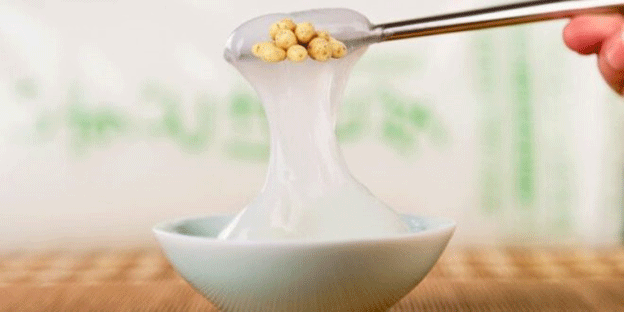In the search for sustainable alternatives to synthetic adhesives, biodegradable glues derived from sidestream potato starch have gained considerable attention. Traditionally, synthetic glues, commonly used in paper packaging, are made from polymers that do not break down naturally, contributing to environmental pollution. The increasing demand for sustainable goods, along with stricter regulations on plastic use, has driven industries to explore greener adhesive options.
What Makes a Glue Biodegradable?
Biodegradable adhesives are those that naturally decompose over time into harmless substances like carbon dioxide, water, and biomass. According to the Duynie Group, an expert in the field, potato starch, along with corn and wheat starch, offers a renewable and biodegradable base for adhesives. What sets sidestream potato starch apart is that it comes as a byproduct of French fry and potato chip production, making it an even more sustainable choice by reducing waste from the food industry.
To qualify as biodegradable, only 20% of the product needs to break down naturally, though many biodegradable adhesives aim for higher rates of decomposition. There are four main degrees of biodegradability:
- Primary biodegradation – The material undergoes transformation by microorganisms, losing its surface-active properties.
- Inherently biodegradable – Refers to 20% to 60% biodegradation, as measured by the OECD 301A-F standards.
- Readily biodegradable – More than 60% of the organic carbon is converted to CO2 within 10-28 days.
- Ultimate biodegradation – Complete biodegradation of the substance, with at least 60% breaking down within 90 days, resulting in carbon dioxide, water, and minerals.
Advantages of Biodegradable Adhesives
The use of biodegradable glues has a wide range of positive impacts on both the environment and businesses. For instance, eco-friendly adhesives made from natural materials, like potato starch, do not contribute to microplastic pollution, a critical issue with synthetic polymers. When used in compostable packaging, the adhesive enriches the soil instead of leaving harmful residues behind.
Biodegradable adhesives also reduce waste disposal costs, as they break down without the need for hazardous chemicals, making recycling and disposal more efficient. Countries worldwide are increasingly implementing regulations aimed at reducing plastic use in packaging. By switching to biodegradable glue, companies can not only comply with these standards but also enhance their green image, appealing to eco-conscious consumers.
The Role of Potato Starch in Adhesives
Potato starch’s natural properties make it particularly well-suited for use in biodegradable adhesives. With a high viscosity and strong adhesive strength, potato starch glue offers excellent performance for a variety of applications. It is especially useful in paper packaging, such as fast-food paper bags, block bottom bags, and carrier bags, as it dissolves easily in water and does not require additional heating, leading to energy savings.
Companies like Novinexx have developed specialized potato starch-based adhesives such as P130 paper bag glue and CPB paper sack glue. These adhesives are 94% biodegradable within 14 days, highlighting their effectiveness in reducing environmental impact. By incorporating these products into their operations, companies can take significant steps toward achieving their sustainability goals while contributing to the circular economy.
Biodegradable adhesives made from potato starch sidestreams offer a promising solution to the environmental challenges posed by synthetic adhesives. Their ability to decompose naturally, coupled with their versatile applications in packaging, make them a valuable tool in the transition to a more sustainable future. For industries seeking to reduce their environmental footprint, these eco-friendly glues present a clear opportunity to make a positive impact on both the planet and their bottom line.








